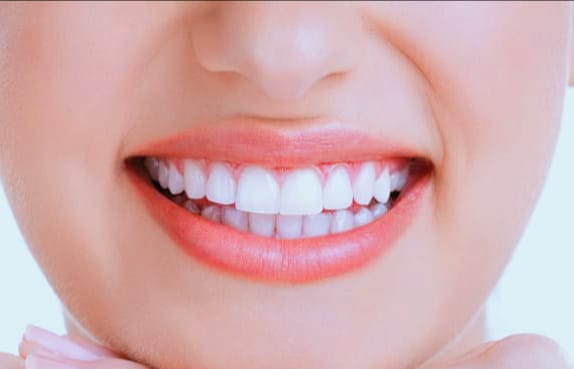A bright, radiant smile is often considered a symbol of health and beauty, and teeth whitening at home has become a popular way to achieve it. With various options available, it’s essential to understand the methods, benefits, and considerations for safe and effective at-home teeth whitening.
1. Over-the-Counter Whitening Kits:
One of the most accessible and widely used methods involves over-the-counter (OTC) whitening kits. These kits typically include whitening strips, gels, or trays containing a peroxide-based whitening agent. Users follow the instructions for frequency and duration, making it suitable for mild to moderate surface stains. It’s crucial to choose a reputable brand and adhere to the recommended usage guidelines.
2. Whitening Toothpaste:
Whitening toothpaste is a simple addition to your daily oral care routine. These toothpastes contain mild abrasives or low concentrations of peroxide to help remove surface stains gradually. While not as potent as other methods, they are effective for maintaining a brighter smile.
3. DIY Baking Soda Paste:
Baking soda mixed with water or hydrogen peroxide can create a homemade paste. Gently brushing with this paste once or twice a week can help reduce surface stains. However, excessive use should be avoided to prevent enamel damage.
4. Activated Charcoal:
Activated charcoal in toothpaste or powder form is known for its abrasive properties. Some individuals use it sparingly to remove surface stains. Due to its potential to wear down enamel, caution is advised.
5. Oil Pulling:
Oil pulling with coconut oil or other edible oils involves swishing oil in the mouth for 15-20 minutes daily. While not primarily a whitening method, it may contribute to oral health and help with surface stain removal.
6. Maintain Good Oral Hygiene:
A solid foundation of oral hygiene practices is essential for preventing future stains and maintaining overall dental health. Regular brushing with fluoride toothpaste, flossing, and dental check-ups are crucial components.
7. Diet Modification:
Reducing the consumption of teeth-staining foods and beverages, such as coffee, tea, red wine, and dark-colored berries, can help preserve your whitened smile. Using a straw when consuming them can minimize contact with your teeth.
8. Be Patient:
Results from at-home teeth whitening methods may take several weeks to become noticeable, especially for deeper stains. Patience is key to achieving the desired level of whiteness.
9. Monitor Sensitivity:
If you experience tooth sensitivity or gum irritation, consider reducing the frequency of treatment or taking a break. Desensitizing toothpaste or gels can also help alleviate discomfort.
10. Consult a Professional:
Before starting teeth whitening, it is recommended to consult with your dentist. They can assess your oral health, recommend suitable methods, and address any existing dental issues.
11. Professional Whitening Options:
For those seeking rapid and significant results, professional teeth whitening treatments provided by a dentist are potent alternatives. In-office treatments or take-home kits prescribed by dental professionals offer safe and effective options.
12. Maintenance:
After achieving your desired level of whiteness, maintaining it requires consistent oral hygiene practices and occasional touch-up treatments.
In summary, teeth whitening at home is a practical and effective way to brighten your smile. Choosing the right method, following guidelines carefully, and prioritizing oral health are key to safe and successful results. For faster transformations or if you have specific concerns, consider consulting with a dentist who can provide professional guidance and treatments tailored to your needs, ensuring a confident and radiant smile.



.jpeg)
